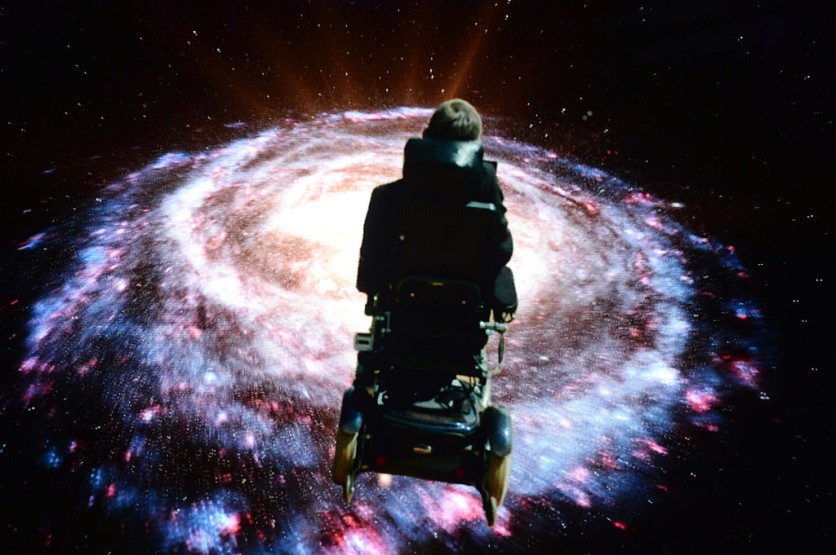The COSMOS-Web program has released the first images from NASA's James Webb Space Telescope, which include stunning visuals of spiral galaxies, gravitational lensing, and evidence of galaxy mergers.
The mosaic images, captured in early January using JWST's Near-Infrared Camera and Mid-Infrared Instrument, showcase various types of galaxies.

COSMOS-Web's Objectives
COSMOS-Web has the objective of mapping the earliest structures of the universe, with plans to create a wide and deep survey of up to one million galaxies.
Over 255 hours of observing time, the program will map 0.6 square degrees of the sky with NIRCam and 0.2 square degrees with MIRI, approximately the size of three full moons.
Jeyhan Kartaltepe, associate professor at the School of Physics and Astronomy at the Rochester Institute of Technology and principal investigator of COSMOS-Web, expressed her excitement about the first data received from the telescope.
She stated that her team had been working tirelessly to produce science-quality images for analysis, and the initial images were just a taste of what is to come.
Kartaltepe leads COSMOS-Web alongside Caitlin Casey, associate professor at The University of Texas at Austin. The international team behind the program comprises almost 100 astronomers from various parts of the world, illustrating the collaborative nature of the project.
"This first snapshot of COSMOS-Web contains about 25,000 galaxies-an astonishing number larger than even what sits in the Hubble Ultra Deep Field," Casey said in a press release statement.
"It's one of the largest JWST images taken so far. And yet it's just 4 percent of the data we will get for the full survey. When it is finished, this deep field will be astoundingly large and overwhelmingly beautiful."
Read Also : NASA's James Webb Space Telescope Catches an 'Asteroid Photobomber' Roughly the Size of Rome's Colosseum
Key Science Objectives
COSMOS-Web is a space exploration project aimed at achieving three key science objectives. First, it aims to provide deeper insight into the Reionization Era, a period lasting between 200,000 to 1 billion years after the Big Bang.
Secondly, the project seeks to identify and classify early massive galaxies within the first 2 billion years of the universe's existence. Finally, COSMOS-Web aims to investigate the correlation between the evolution of dark matter and the stellar contents of galaxies.
The project has gained significant momentum, with JWST set to observe the widest area in its first year. This will allow scientists to study galaxies in various local environments.
Images taken thus far have been nothing short of remarkable, revealing much more detail than those captured by other observatories, including the Hubble Space Telescope and Spitzer Space Telescope.
The images were produced from six telescopic pointings between January 5-6, 2023. JWST is set to capture 77 pointings, approximately half of the field, in April and May of this year. The remaining 69 pointings are scheduled to occur in December 2023 and January 2024.
An overview of COSMOS-Web's objectives was published on arXiv.
Related Article : NASA's James Webb Space Telescope Snaps an Incredibly Detailed View of a Crowded Field of Galaxies





